For Product Registration and general enquires please contact us
Kalettes Autumn Star
$24.99 – $331.99
A new hybrid of kale and Brussels sprouts, bred using traditional techniques. Like Brussels sprouts, the kalettes form along the stem of each plant, but they are open like miniature kale plants, rather than closed like sprouts. Each one is about 5cm (2″) in diameter, and they can be harvested for fresh raw eating, or cooked as an exciting new side dish.
West Coast Seeds ships anywhere in North America. However, we are not able to ship garlic, potatoes, asparagus crowns, bulbs, onion sets, Mason bee cocoons, or nematodes outside of Canada. We regret, we cannot accept returns or damages for orders outside of Canada. The minimum shipping charge to the US is $6.99.
Description
More details about Kalettes Autumn Star
Kalettes are a new hybrid of kale and Brussels sprouts, bred using traditional techniques. Like Brussels sprouts, the kalettes form along the stem of each plant, but they are open like miniature kale plants, rather than closed like sprouts. Each one is about 5cm (2″) in diameter, and they can be harvested for fresh raw eating, or cooked as an exciting new side dish. Try them steamed or briefly sautéed, or toss them into soups and stir-fries. Autumn Star is the earliest of the kalettes to mature. Expect plants the same size and shape as Brussels sprouts or mature kale. The ideal harvest time is in the fall, during cooler weather: Transplant in May or mid-June for the best results. Matures in 110 days. (Hybrid seeds)-
- Bicolour purple and green
- Kalettes form along the stems
- Stunning addition to the garden
- Matures in 110 days
All About Kalettes Autumn Star
How to Grow Kale

Step 1: Timing
Direct sow in early spring to mid-summer for summer to winter harvests. Or start indoors 4-6 weeks before the last frost, and transplant out as soon as the soil warms up. Optimal soil temperature: 10-30°C (50-85°F). Seeds should germinate in 7-10 days.
Step 2: Starting
Sow 3-4 seeds 5mm (¼”) deep in each spot you where a plant is to grow. Thin to the strongest plant. Space 45-60cm (18-24″) apart in rows 75-90cm (30-36″) apart.
Step 3: Growing
Ideal pH: 6.0-6.8. Add lime to the bed 3 weeks prior to sowing. Kale likes well-drained, fertile soil high in organic matter. This plant prefers plentiful, consistent moisture. Drought is tolerable, but quality and flavor of leaves can suffer. Mix ¼ cup of complete organic fertilizer into the soil beneath each transplant, or use 1 cup beneath every 3m (10′) of seed furrow.
Step 4: Germination
Days to maturity: From transplant date. In optimum conditions, at least 80% of seeds will germinate.
Step 5: Harvest
Kale and collards can both be grown as a cut and come again crop for salad mixes by direct-seeding and cutting when plants are 5-8cm (2-3″) tall. They will re-grow. Or pick leaves from the bottom up on mature plants as you need them. In spring, the surviving plants start to flower, so eat the delicious flowering steps and buds.
Tips!
Disease & Pests: Protect from cabbage moths and other insect pests with floating row cover. Prevent disease with a strict 4-year crop rotation, avoiding planting Brassicas in the same spot more than once every four years. Companion Planting: All Brassicas benefit from chamomile, dill, mint, rosemary, and sage. Avoid planting near eggplants, peppers, potatoes, or tomatoes, as the acidic soil these plants thrive in can cause problems for Brassicas.Additional information
| Matures | 110 days |
|---|---|
| Season | Spring to Summer |
| Exposure | Full Sun to Partial Shade |
| Quantity | 25, 100, 250, 500, 1000 |
You must be logged in to post a review.




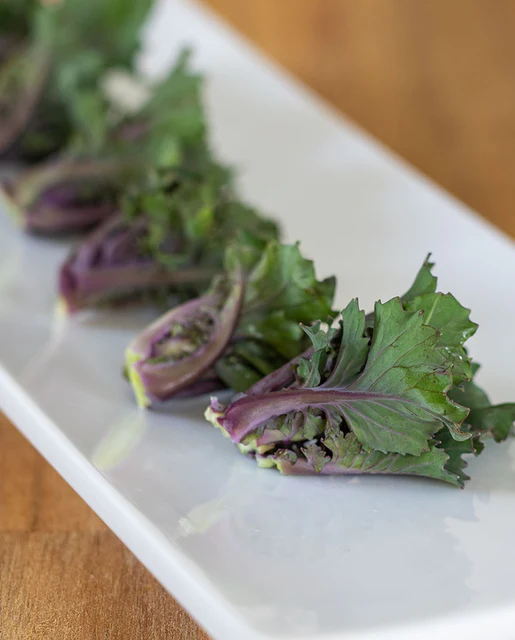
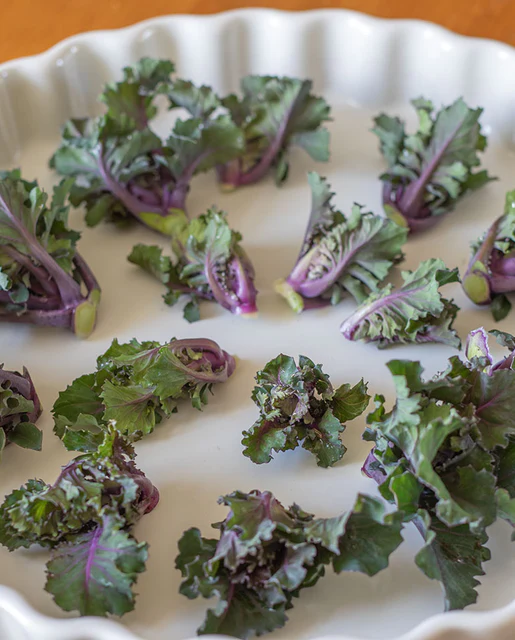
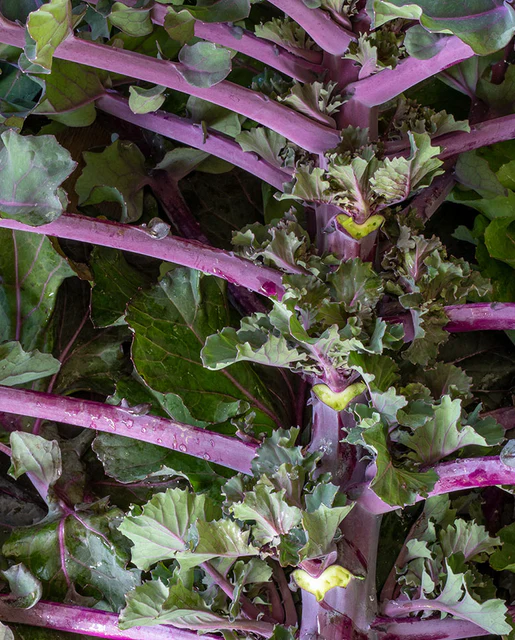
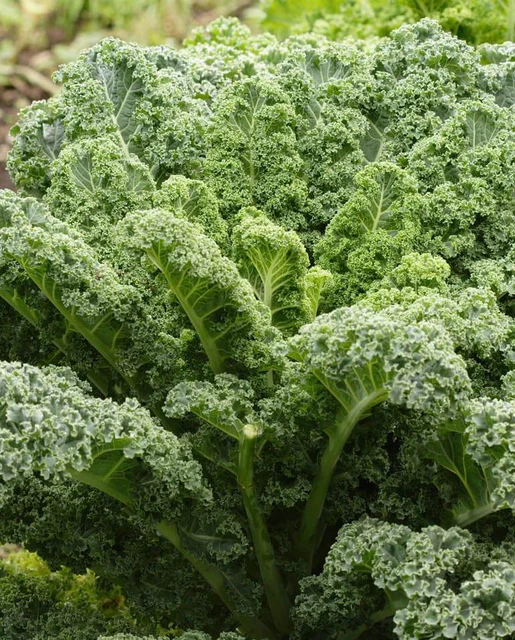
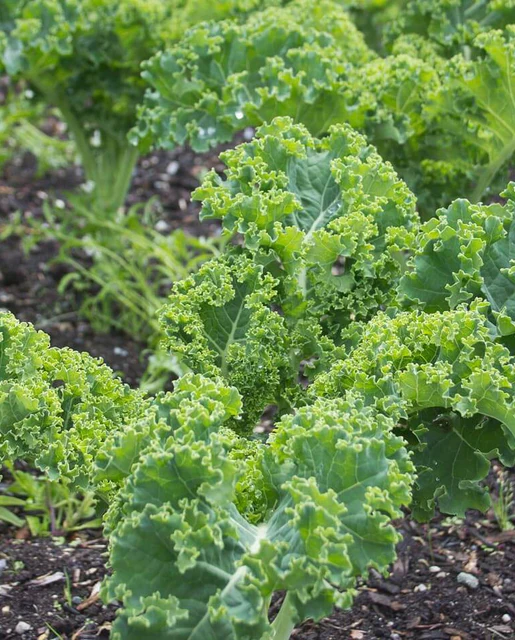
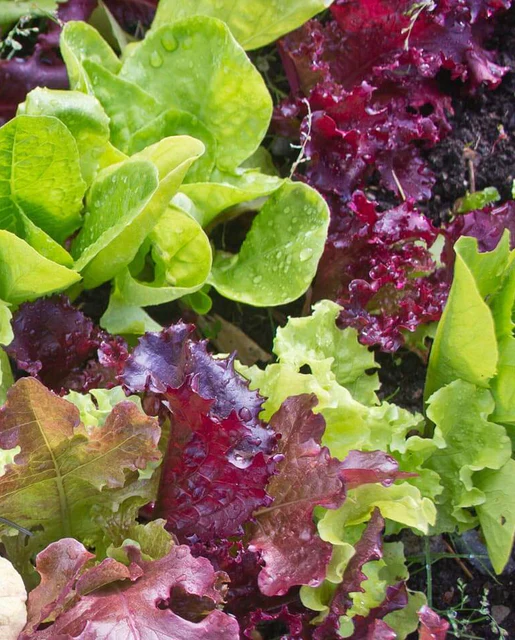
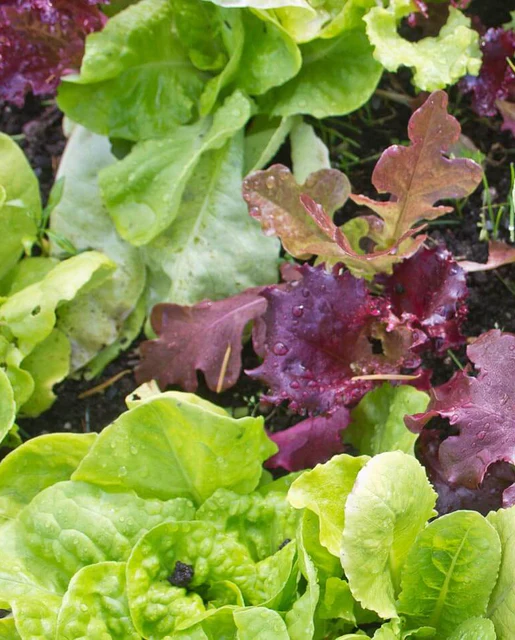
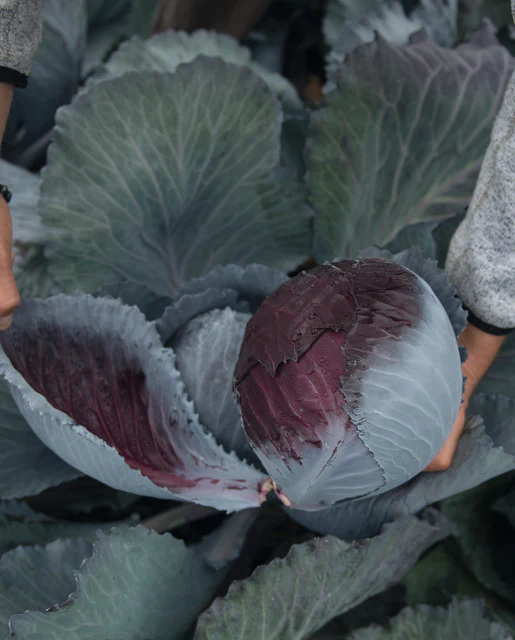
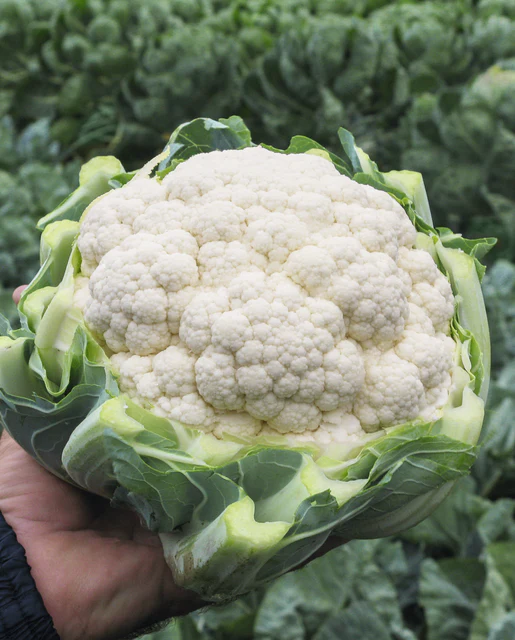




Reviews
There are no reviews yet.